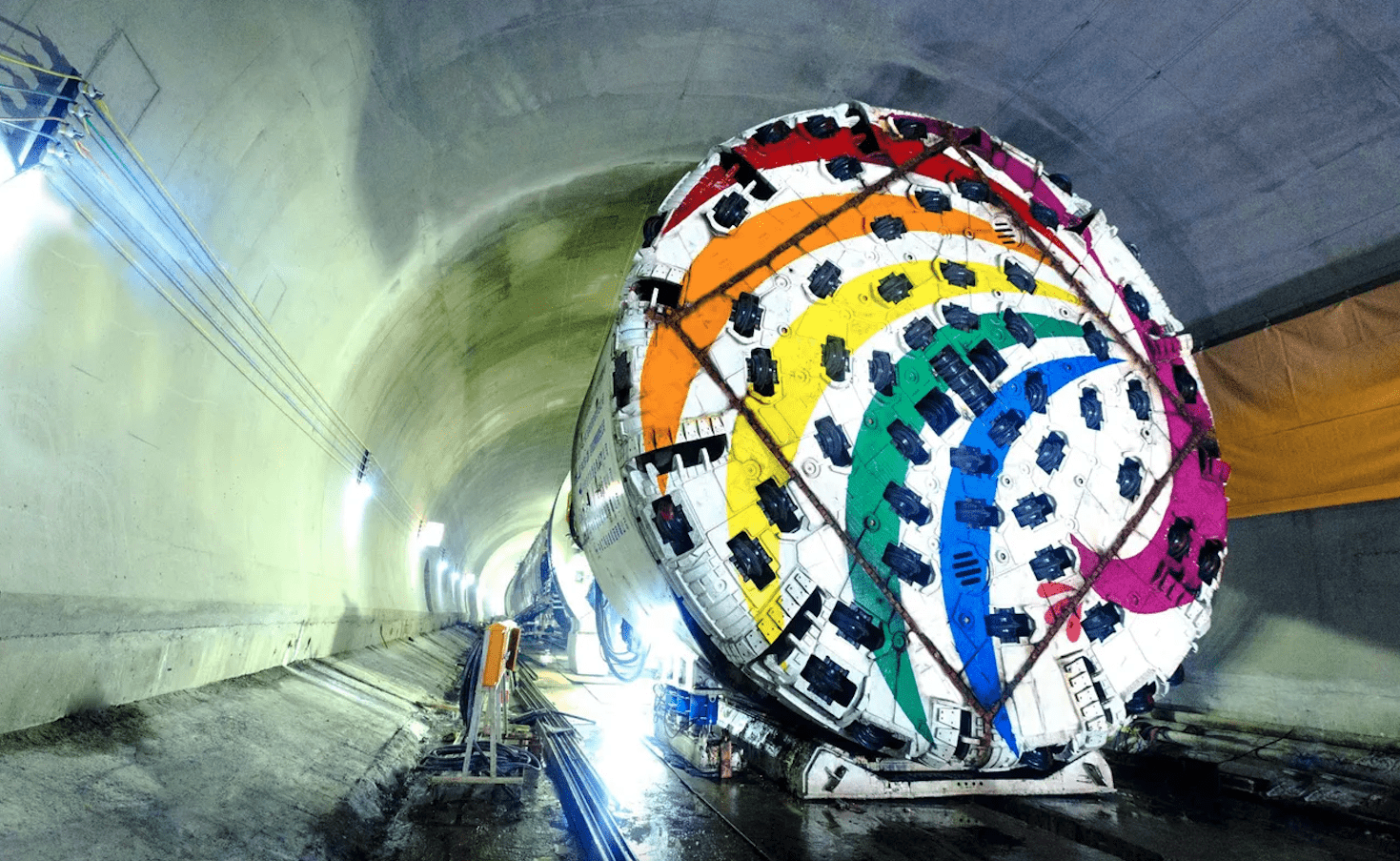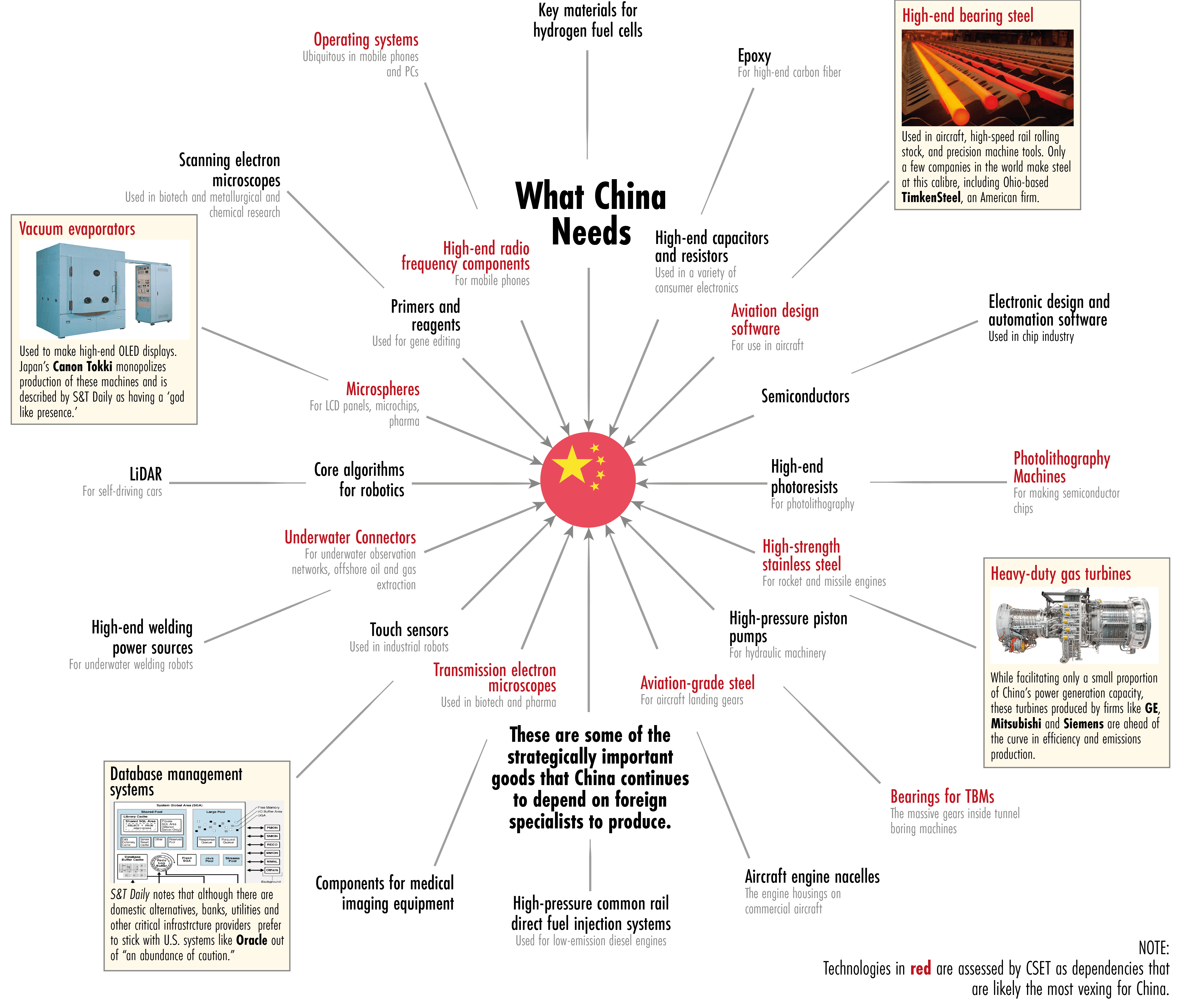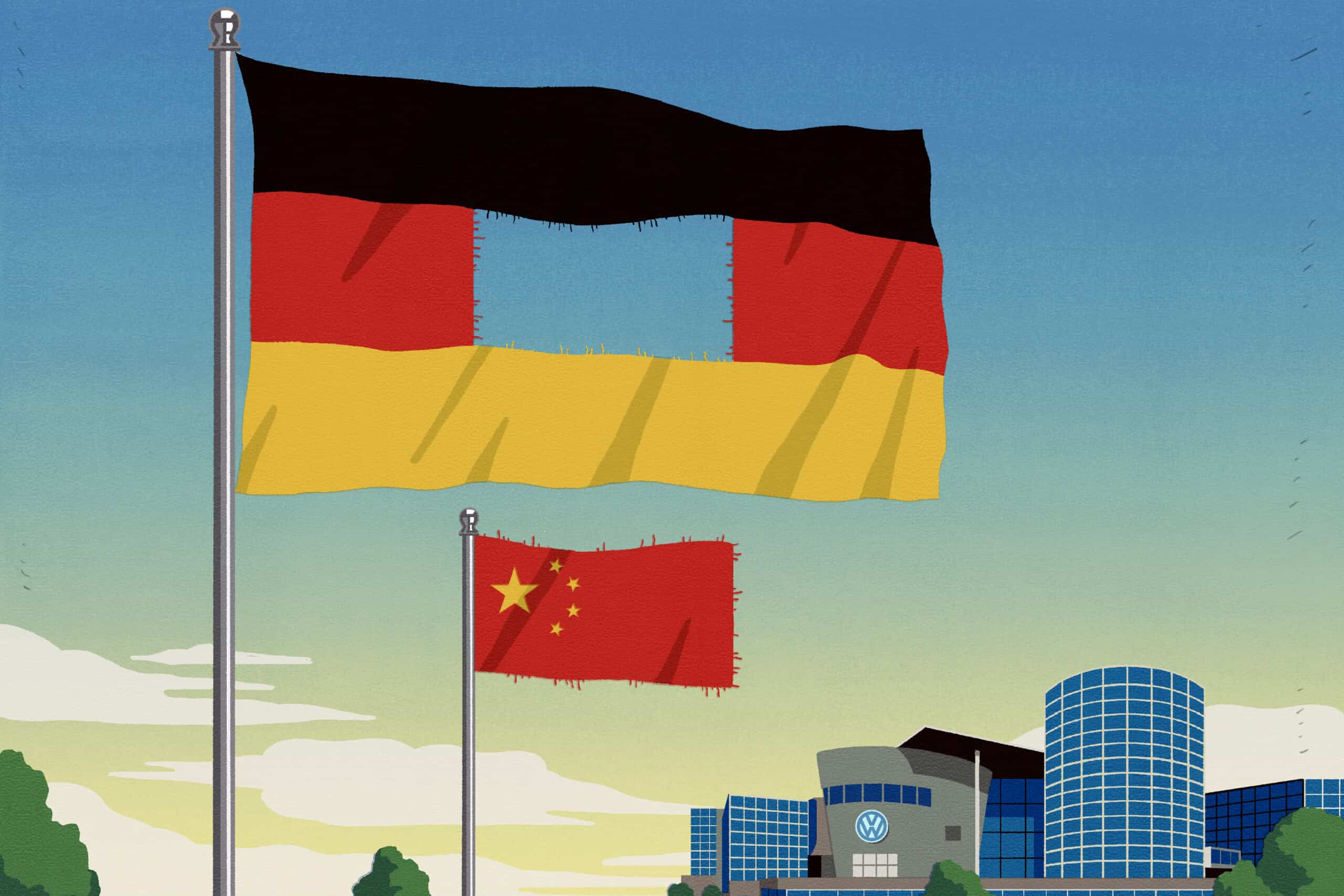
Everywhere you look, it seems China is pulling ahead in the race to produce the technologies of the future. From accumulating vital inputs like critical minerals and rare earths to building green energy hardware like lithium batteries and solar cells, Chinese companies dominate.
So what isn’t China good at producing? A recent report has shed light on the key technologies where Beijing itself sees the country trailing. Researchers at the Center of Security and Emerging Technology (CSET), a Washington D.C.-based think tank, analyzed a series of articles from 2018 on 35 of China’s technology “choke points.” Although slightly dated, the reports — published in Science and Technology Daily, the official outlet of China’s Ministry of Science and Technology — represent an unusually candid probe into the weak links in China’s supply chain, amid the country’s accelerating drive to achieve industrial self-reliance.
This week, The Wire looks at where China is playing technological catch-up, according to Beijing: the sectors where it’s trailing behind, why China is lagging, and the takeaways for policymakers in the West.

Photo credit: Canon Tokki, Oracle, GE, TimkenSteel
CONNECTIVE TISSUE
It is in the nuts and bolts that Chinese producers often depend on superior technology made beyond its borders.
Take the tunnel boring machines (TBMs) that grind through mountains, making way for China’s sprawling road and rail network. While Chinese engineers have worked out how to build TBMs at home, they have struggled to reliably produce the huge, intricate gears that form the connective tissue within these massive machines, known as slewing bearings. Manufacturers prefer to pay a premium for imported parts from trusted firms like Germany’s ThyssenKrupp Rothe Erde and Sweden’s SKF than risk using homegrown alternatives. Importing these parts costs producers nearly $150 million per year, according to S&T Daily.

Or take steel. Despite the fact that China produced more than half of the world’s output in 2021, the metal that goes into the axles on its high speed trains and the landing gears on its aircraft comes from companies like Ohio-based TimkenSteel, a 105-year old producer of special bar quality (SBQ) steel, some of the toughest around.
The existence of such choke points is a reminder of China’s dependence on overseas suppliers in industries observers may be inclined to overlook. “It’s not just about protecting what’s new and innovative like AI or quantum,” says Emily Weinstein, a research fellow at CSET. “We also have to pay attention to the things that are frankly kind of boring, like aviation grade steel.”
HIGHLY SPECIALIZED, HARD TO BEAT
Not every product needs to be built in China, and neither is that the goal of its industrial planners. But fostering technologies where it lags behind fits with policymakers’ quest to move Chinese manufacturing up the value chain, and to insulate strategically important sectors from external shocks.
Yet even where Chinese producers have the technical knowhow, other barriers to entry can prevent them from being competitive. With computer operating systems, another named choke point technology, “the challenge is not necessarily building a functioning operating system, but the network effect,” says Graham Webster, editor-in-chief of the DigiChina Project at the Stanford Cyber Policy Center.
“If everybody in China is on Windows on [their] PC and some variant of Android on mobile, developers are operating within a common framework… So there would be a hell of a lot of friction in trying to replace this. Chinese individuals who need to interact with the rest of the world would also face a mounting compatibility problem,” he says.
Another challenge is the gap between what Chinese academics achieve in the lab and what gets made in practice. To be sure, firms like Huawei and battery-maker CATL have brought to market world-beating innovations that were created in their in-house labs. But other researchers in universities or state research institutions have struggled to commercialize their breakthroughs, a problem President Xi Jinping acknowledged in a speech last year. One example is aviation design software, where Chinese scientists, despite having developed a competitive alternative to foreign software, have struggled to produce commercially viable products.
| Case Study: Wet-Mate Connectors | |
|---|---|
 |
Teledyne ODI, a subsidiary of U.S. industrial conglomerate Teledyne Technologies Inc., specializes in subsea technologies. One proprietary product is water-tight connectors that bind together undersea cables (known as “wet-mate connectors.”) China, which has ambitions to create a vast undersea monitoring network, is a top five overseas market for Teledyne Technologies, according to its annual report. |
| But its dominance in this specialized sector may be wavering. The company reports that new Chinese laws requiring the use of local suppliers have hurt revenues from its marine division, while the U.S. is heightening scrutiny of marine instrument exports. The company may face an emerging competitor in China’s Zhongtian Technology Submarine Cable Co. (ZTT), which claims to have developed its own wet connector. ZTT was placed on the Entity List last December for allegedly attempting to acquire U.S.-origin items to support the modernization of the PLA. | |
LESSONS FOR THE WEST
Experts at CSET suggest there are lessons for policy makers interested in leveraging China’s chokepoints for strategic gain. “Lots of Chinese policy documents list out categories of technology that China feels it has to reduce its import dependencies in,” says Ben Murphy, who coordinates translations at CSET and authored the report. “What’s special about this series is they actually get into specifically, within those categories, what it is that [China needs].”
Such specificity could enable better pinpointing of which vendors to scrutinize and which buyers to put on blacklists like the Commerce Department’s Entity List. But not all chokepoint technologies necessarily warrant such treatment. Any controls over the sale of mass market products like operating systems, for example, are simply too easy to circumvent. But Weinstein argues technologies with military applications, like undersea wet-mate connectors, may be an appropriate place to start.
That likely won’t stop China from catching up in the long term, says Weinstein, but that isn’t the point. “We can’t stop China from doing their indigenous innovation. No matter what, China is going to continue doing whatever it’s doing domestically. With export controls, you’re not trying to stop that process, but what you can do is slow it down.”

Eliot Chen is a Toronto-based staff writer at The Wire. Previously, he was a researcher at the Center for Strategic and International Studies’ Human Rights Initiative and MacroPolo. @eliotcxchen



